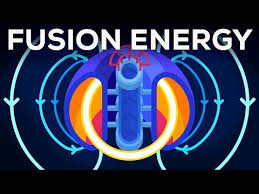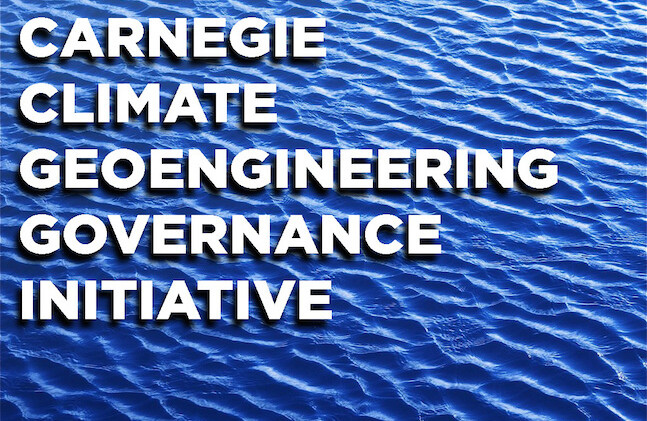This month’s energy transition worries focus on AI servers and what energy sources will power them, the details of subsidizing clean hydrogen production, and how much damage the Trump Administration will do to the energy transition. In the heat of policy or rhetorical battle it is easy to lose the forest for the trees. Members of the climate coalition can get locked into fights over this or that technology or policy instrument, and forget what the ultimate goal really is: namely, stabilizing and reducing atmospheric carbon while maintaining a reliable, affordable energy supply.
The scholarship summarized in chapter 4 of Climate of Contempt illustrates how ideological and social media wind us up emotionally in ways that obscure that goal, or make us too certain that our preferred path is the only reasonable path. Censored news feeds train members of ideologically homogeneous social media communities to fear, resent, and disrespect opponents and their views. At which point it becomes easy to take your eyes of the real prize.
So, if the prize is stabilizing/reducing atmospheric carbon — by way of reliable, affordable, net zero energy — it follows that the prize is NOT any of the following:
- maximizing the amount of wind and solar power on the electric grid
- building “free” or “efficient” energy markets, or otherwise “getting prices right”
- decentralizing electricity production
- destroying or nationalizing or changing the corporate form of investor-owned utilities
- putting the fossil fuel industry — or nuclear power, or any particular industry — out of business
Most people believe that at least one of these things will be necessary in order to stabilize and reduce atmospheric carbon. But none of them are the ultimate objective, and reasonable people disagree over which ones are necessary achieve that objective.
If we acknowledge that the techno-economic future is very uncertain, then we have to acknowledge that the future may bring great leaps forward that make other solutions better than we expected them to be: e.g., negative emissions technology, geoengineering, carbon capture and sequestration, fusion energy or some other firm zero-carbon energy source. In 10 or 20 years, our intuitions about the “best” way to stabilize and reduce atmospheric carbon could be very different than it is now.
After the November election, the prospects for national greenhouse gas emissions limits, a national carbon tax, or a national renewable portfolio standard seem remote. So, shouldn’t we regard research and investment in any and all energy transition technologies as a good thing? And shouldn’t we regard all efforts to block that investment as a bad thing?
And as soaring demand for 24/7 electricity gives a boost to fossil fueled electricity (in some places), the task of getting the energy transition back on track falls into voters’ laps. Voters — not oligarchs or corporations — chose to put the GOP in charge of the national government last November. We know that on climate and energy issues many of those voters have been swayed by the propaganda machine (the online information environment), which has replaced (a) reporting with censored feeds filled with “advocacy journalism,” and (b) face-to-face human conversation with social media “conversation.” Nothing can break the spell of propaganda except face to face communications with those friends, family, neighbors and co-workers who are under that spell.
As I say in my book, our policy opponents include far fewer cartoon villains than our social and ideological media feeds would have us believe. I hope we can all celebrate the researchers and investors who are trying to develop and improve energy transition technologies — all of them. Because they may add to the menu of options that enable an energy system that helps us reduce atmospheric carbon — which after all is the real prize. — David Spence



